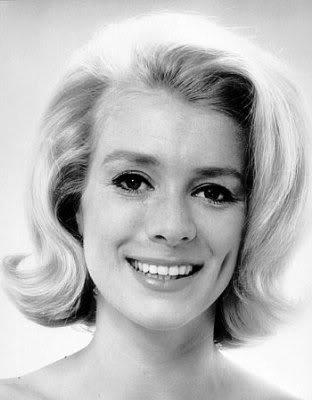Skelton Barnaby Knaggs (June 27, 1911 – April 30, 1955) was an English stage actor who also appeared in films, especially in horror films. He is buried at Hollywood Forever Cemetery.
Knaggs was born in the Hillsborough district of Sheffield, East Riding of Yorkshire, England. He moved to London where he attended the Royal Academy of Dramatic Art and became a Shakespearean actor. In addition to appearing on stage in Shakespeare's Cymbeline, Knaggs appeared in a few British films, including an uncredited role as a German orderly in Michael Powell's The Spy in Black.
At some point he moved to Los Angeles, California and found work as a character actor in Hollywood. Diminutive and eccentric-looking, with prominent teeth and a bony, pock-marked face, he was typed in sinister roles, often in horror films.
These ranged from uncredited bit parts to prominent roles in the Sherlock Holmes thriller Terror by Night, the all-star monster rally House of Dracula and three Val Lewton productions including The Ghost Ship. In the latter, a voice-over narrative by Knaggs is heard, representing the thoughts of his character, a mute seaman.
Back in London, he married Thelma Crawshaw in 1949, then returned to Hollywood. The last film in which he appeared was Fritz Lang's period adventure based on J. Meade Falkner's novel Moonfleet. An alcoholic, Knaggs died of cirrhosis of the liver in Los Angeles in 1955, at the age of 43.


.jpg)




















































